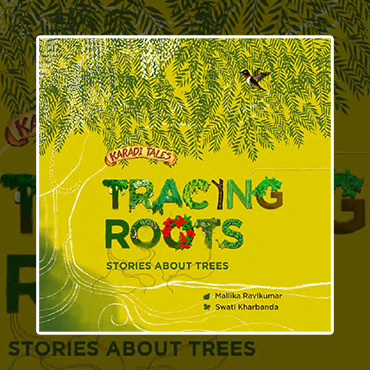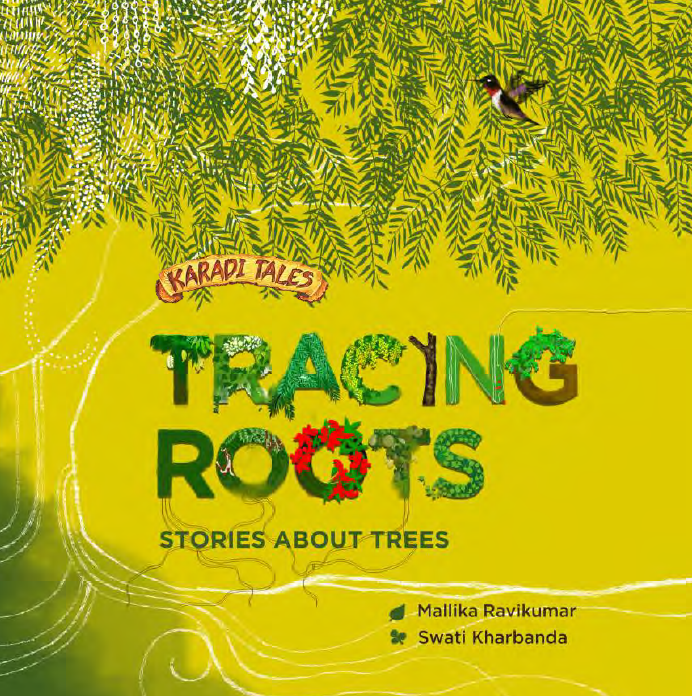It’s Summer!
Hot, Sultry, Uncomfortable?
Yes! But also – Mangoes, Holidays and Flowers!
Look around and take cheer in the burst of Summer Blossoms blooming all around you!
Look…the streets are turning into red and yellow carpets from the fallen petals of the Copper Pod and the Gulmohur.
The Gorgeous Amaltas aka the Golden Shower tree is tumbling fourth in all its glory.
The Jarul or the Queen’s flower is blooming.
The Champa is diffusing its magical fragrance in the breeze.
So join me in raising a toast to these majestic sentinels that add a dash of colour and vibrancy to the summer landscape of the city.
The Laburnum
The state tree of Kerala, the Laburnum (Amaltas) flowers in the month of April, just in time for the Vishu celebrations, where it plays a central part. Famed for decorating the gardens of Indraprastha in the Mahabharata with its dazzling cascade-like drooping clusters, it is said that the tree acts as an air purifier and cooler by releasing several litres of water each day through transpiration.
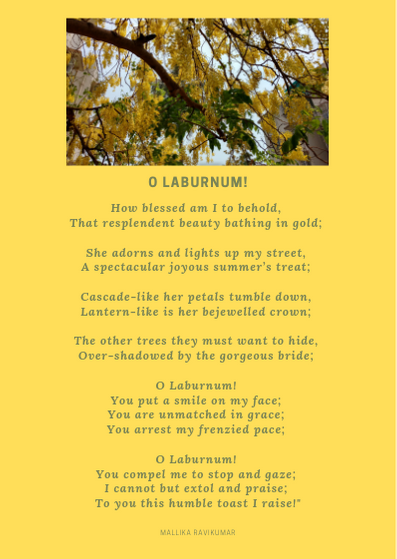
The flowers, a symbol of gold and prosperity, are associated with Lord Shiva and even used as food by some tribes. Laburnum Street near Gamdevi, which houses the famous Mani Bhavan (Gandhi’s residence in Mumbai) takes its name from the rows of Laburnum found there.
The Gulmohur
Also known as the Flamboyant Tree, the Gulmohur is a common wayside tree in several parts of India. It bursts with flowers during the months of April-May and lays out a delightful red carpet with its scarlet red petals.
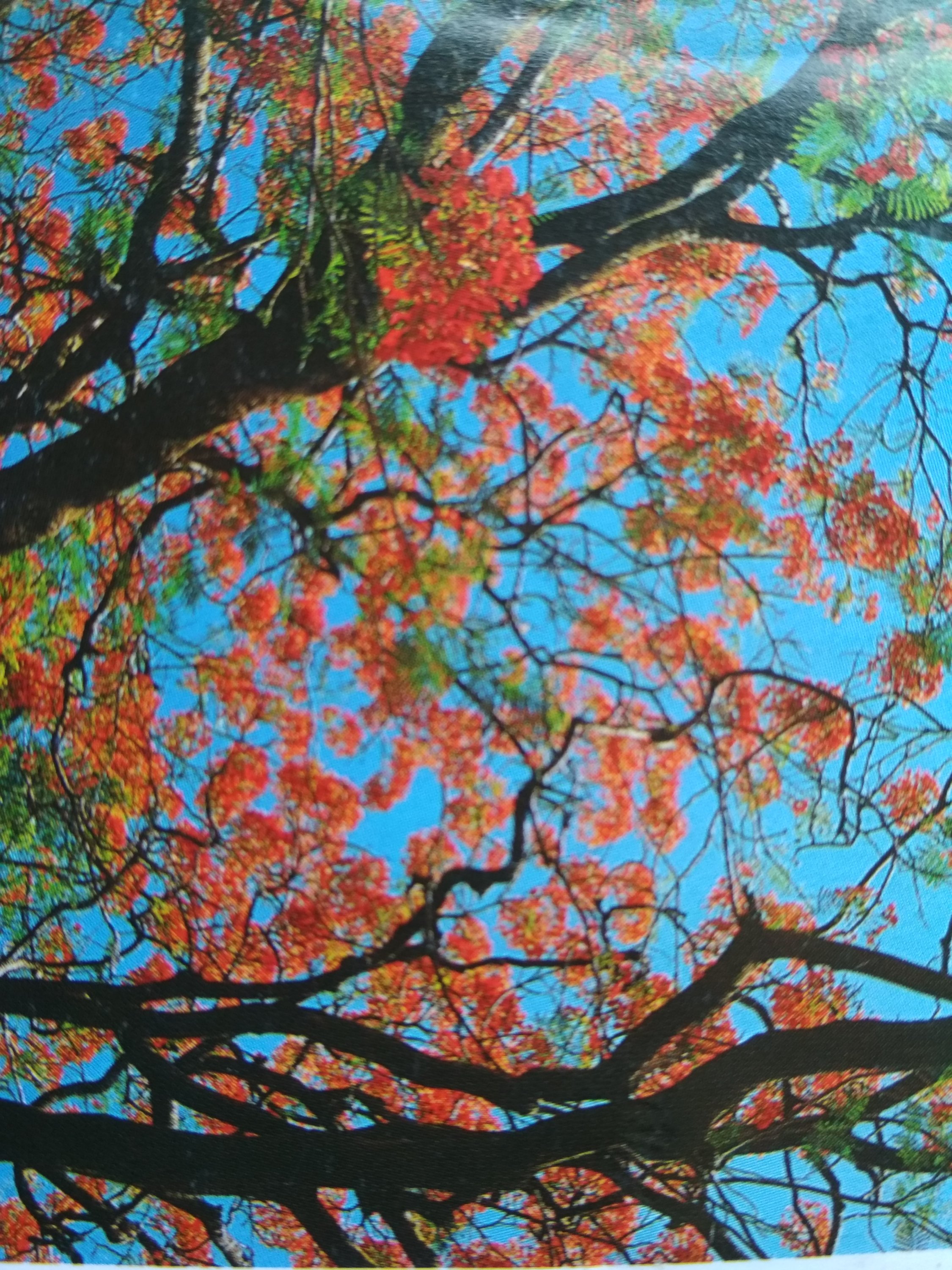
Four of its crinkled spoon-shaped petals are a deep red while the fifth is white splashed with red and yellow. A common ornamental tree across the tropics, it is said to have nearly vanished in its original home in Madagascar.
A blooming Gulmohur is impossible to miss and can be found all over the city’s roadsides and gardens.
The Jacaranda
Originally from Brazil, the tree is one of many exotics introduced into India for its beautiful flowers. Between March and May, it’s crown is filled with clusters of violet and lavender bell-shaped flowers. Its leaves resemble that of the Gulmohur and its hence referred to as the Neeli Gulmohur. Though not very common in the city, it can however be found along road sides in Colaba and Dadar.
Copper Pod
One of the most common roadside trees, the Copper Pod flowers profusely during the summer months and lays out a golden carpet on the street with its shower of bright yellow petals. Known as the peeli gulmohur, the tree flowers in clusters, each flower containing five yellow petals which look like crumpled tissue. It can be seen all over the city.
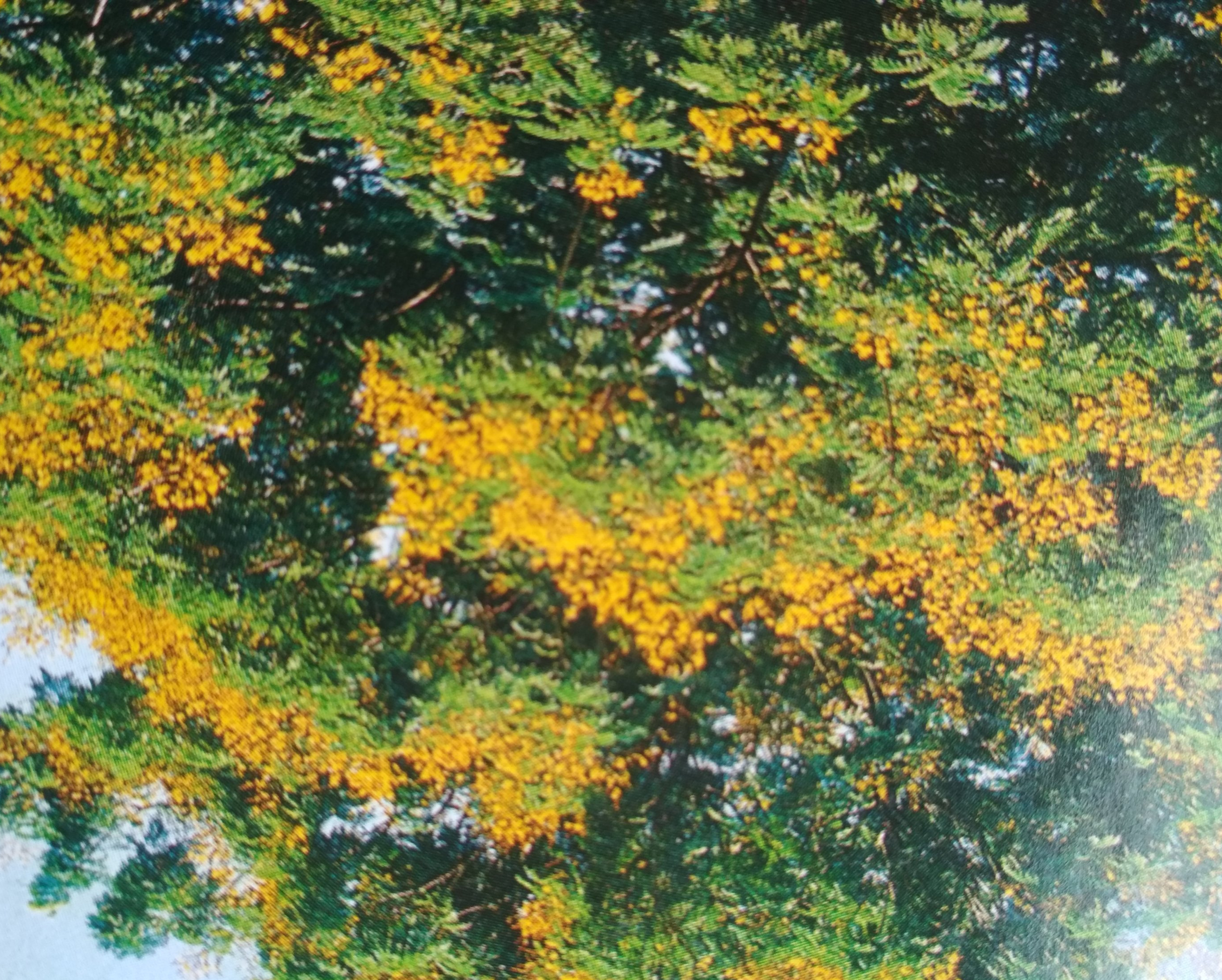
African Tulip
Popularly known amongst children as the Pichkari due to its large flowers that squirt water, it is a common ornamental tree in Mumbai. The flowers are bright scarlet red with an orange base and can be seen growing at the tree tops. As they look like bell-shaped cups, they are called African Tulips. It can be seen near the Oval Maidan and gardens across the city.
Jarul
The Jarul is also known as the Queen’s Flower and is the State Flower of Maharashtra. It’s leaves look similar to the Laburnum Tree but its flowers are purplish-pink and have a light fragrance.

Champa
One of the most fragrant flowers, the Champa (Frangipani/Pagoda Tree) flowers profusely during the summer months. The strongly scented flowers are white in colour with a yellow centre and grow in clusters at the stalk-edge. Variations in colour are found.
The tree is native to tropical America and was perhaps brought to India by the Portuguese. A record from 1787 finds this tree growing abundantly in Malabar Hill. It is a common ornamental tree found across the city.
Bakul
Believed to be one of the favourite trees of Lord Krishna, the Bakul (Maulsari/Indian Medlar) is an important tree in Indian mythology and is often planted near temples. The fragrance of its little white flowers is long-lasting. One can stand underneath the tree, give it a shake and enjoy a shower of its scented flowers. It can be found in gardens across the city.
Price of Exotica!
While admiring these beauties, one may do well to remember that exotic trees such as the Gulmohur, the Copper Pod, the African Tulip and the Jacaranda may look stunning but are not as good for the environment as native trees like the Peepal, Neem and Laburnum.
Exotic trees are often short-lived as they have shallow root systems and topple easily during the monsoons.
Further as they have not evolved in this environment, they do not support other life forms such as insects and birds, as indigenous trees like the Banyan and Mango do.
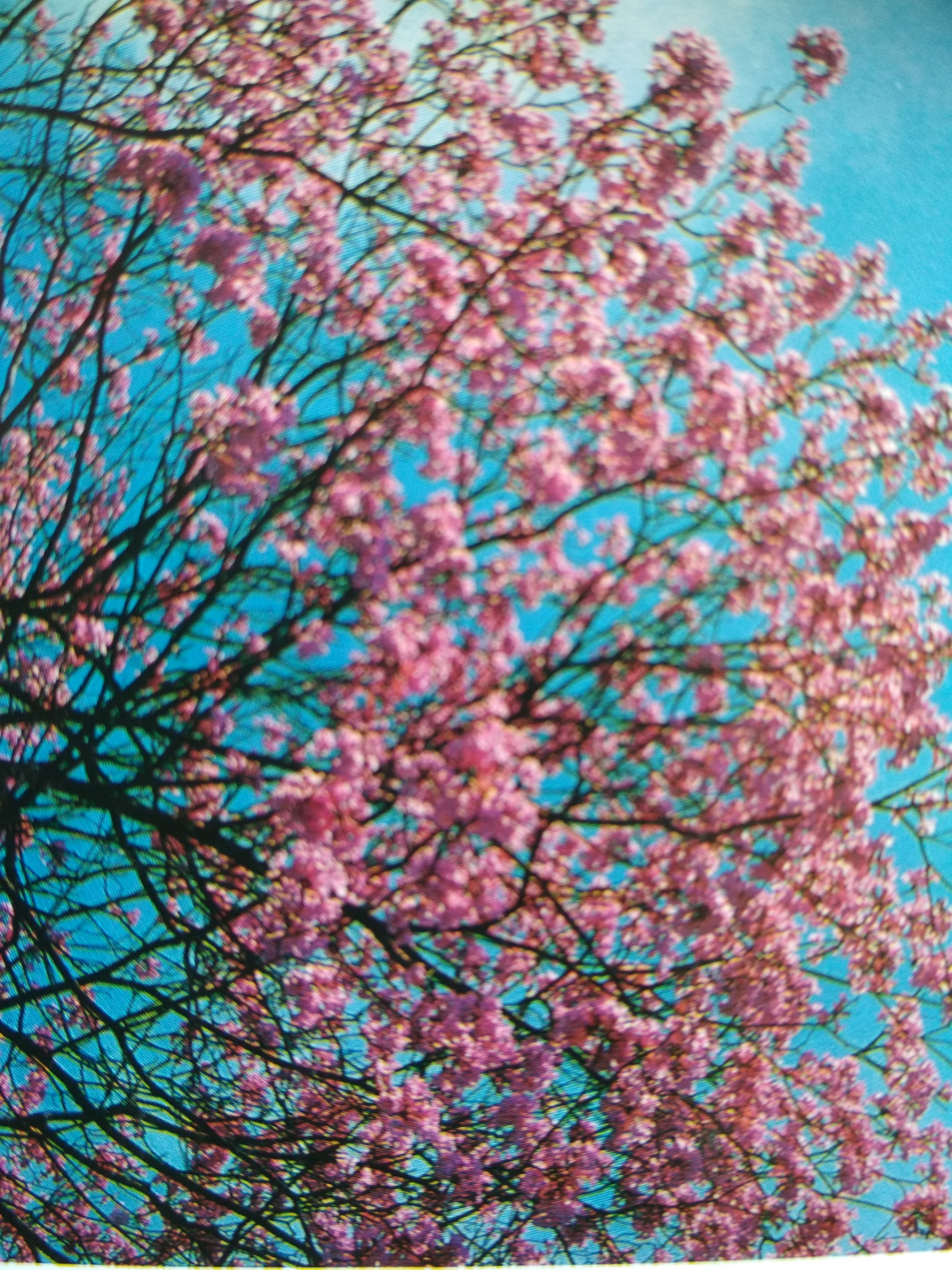
In fact, you may have noticed that almost always, the first trees to get uprooted and fall during the monsoons are the Gulmohurs!
So if you are out there planting trees before the monsoons arrive or if you participate in Tree plantation drives on Earth Day and Environmental Day, you will do well to select native species over flamboyant exotic ones.
If you’re keen on learning more about trees to give your children a peek into these beautiful creations of Nature, I’d recommend that you get yourself a copy of The Trees of Delhi : A Field Guide by Pradip Krishen (DK Publishers). Don’t get fooled by the name. The book can be used in many parts of India and any tree-lover will swear it is the best tree-guide available!
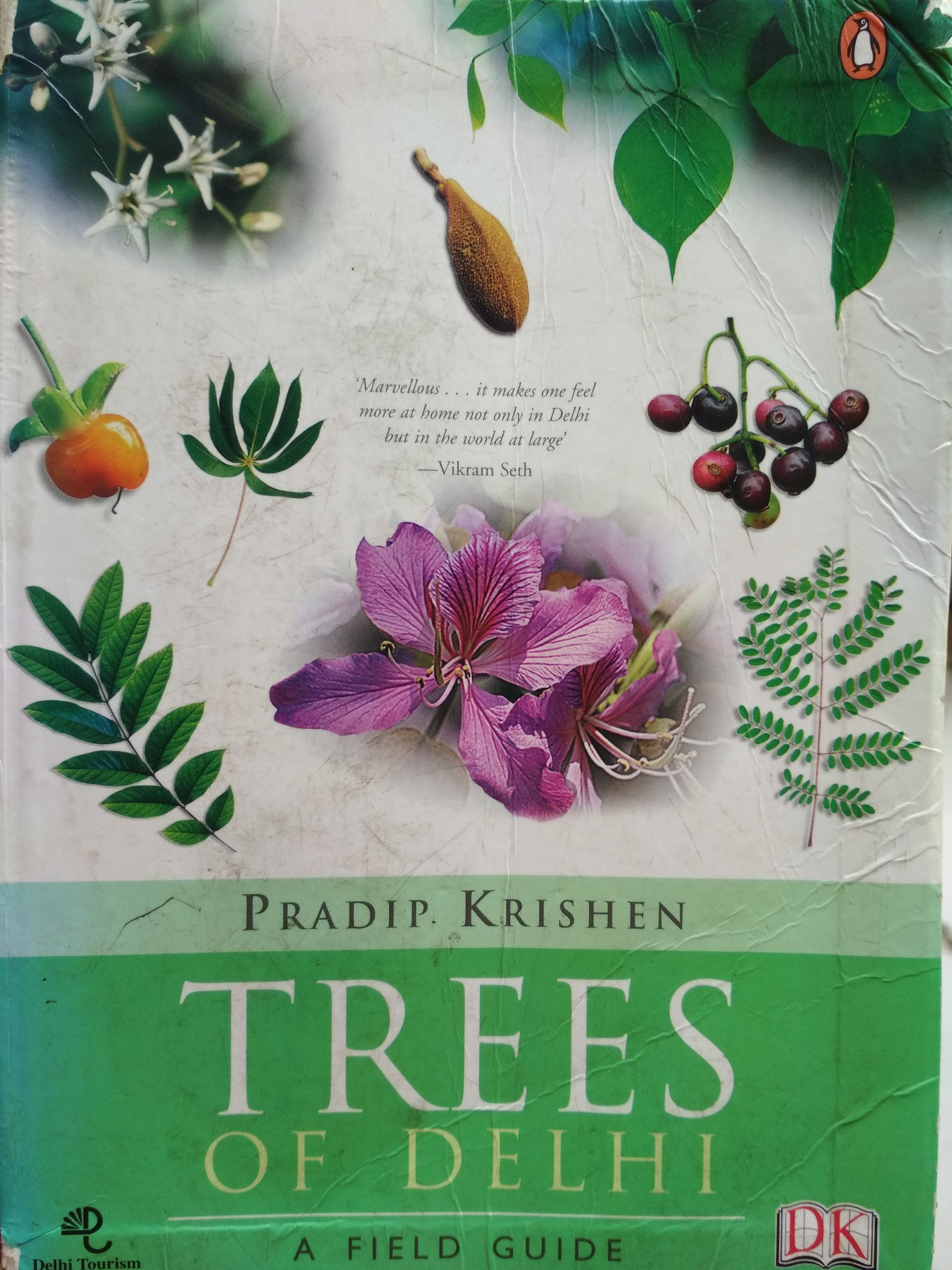
So, the next time you are walking down a tree-lined avenue, stuck in traffic on a congested road or merely gazing out of your window, take a moment to stop and stare.
The dazzling carpet has been rolled out in all its royal splendour. The koel and the bulbul call out melodious invitations. The Feast beckons. Come on in!
